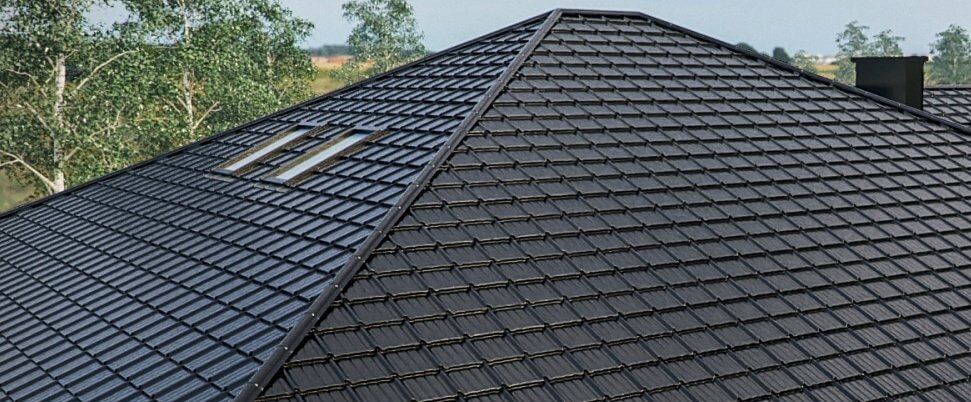Steel roofing is a fairly new type of roof that is becoming more and more popular. It has a lot of advantages over other types of roofs, such as asphalt shingles or tiles. Steel roofs have been increasingly popular in recent years. There are many reasons for this: they are more durable than other roofing materials, they come in a variety of colors and styles, and they are often more affordable than traditional roofing materials. In this blog post, we will discuss the different types of steel roofs, the stages of work involved in installing a steel roof, and some of the benefits of choosing a steel roof for your home or business.
A steel roof is a roofing system made of steel, either in the form of tiles or shingles. Steel roofs are a popular choice for both residential and commercial properties because they offer many benefits over other types of roofing systems.
If you're considering a steel roof for your home or business, it's important to understand the different types of steel roofs and the installation process. There are two main types of steel roofs: corrugated and standing seam. Corrugated steel roofs are made up of panels that have ridges and valleys, which helps to shed water and snow. Standing seam steel roofs are made up of panels that fit together tightly, making them more watertight.

The installation process for a steel roof is relatively straightforward. First, the roof must be cleared of any debris and flattened. Next, the ridge cap is installed along the top of the roof. Then, the panels are attached to the roof with screws or nails. Finally, caulk or flashing is used to seal the seams between the panels.
A steel roof can be installed in a variety of stages, depending on the size of the roof and the weather conditions. Typically, a steel roof is installed in two or three phases: framing, insulation, and finish work. The framing phase includes installing the ridge cap and metal panels. The insulation phase includes installing fiberglass batting or rigid foam board. The finish work includes caulking and flashing.
If you're thinking of installing a steel roof, it's important to know the different types and stages of work involved. This will help you to choose the right roof for your home and budget. Talk to a professional roofing contractor to get started. They can help you plan and install your new steel roof, so you can enjoy its benefits for many years to come.
The installation process for both types of steel roofs is similar, but there are a few key differences to be aware of. Both types of steel roofs require the following steps:
Some of the benefits of steel roofs include:
Steel roofs are becoming increasingly popular due to their durability and energy efficiency. They can last for up to 50 years, which is significantly longer than most other types of roofs. In addition, they help to keep your home cool in summer and warm in winter, which can save you money on your energy bills.